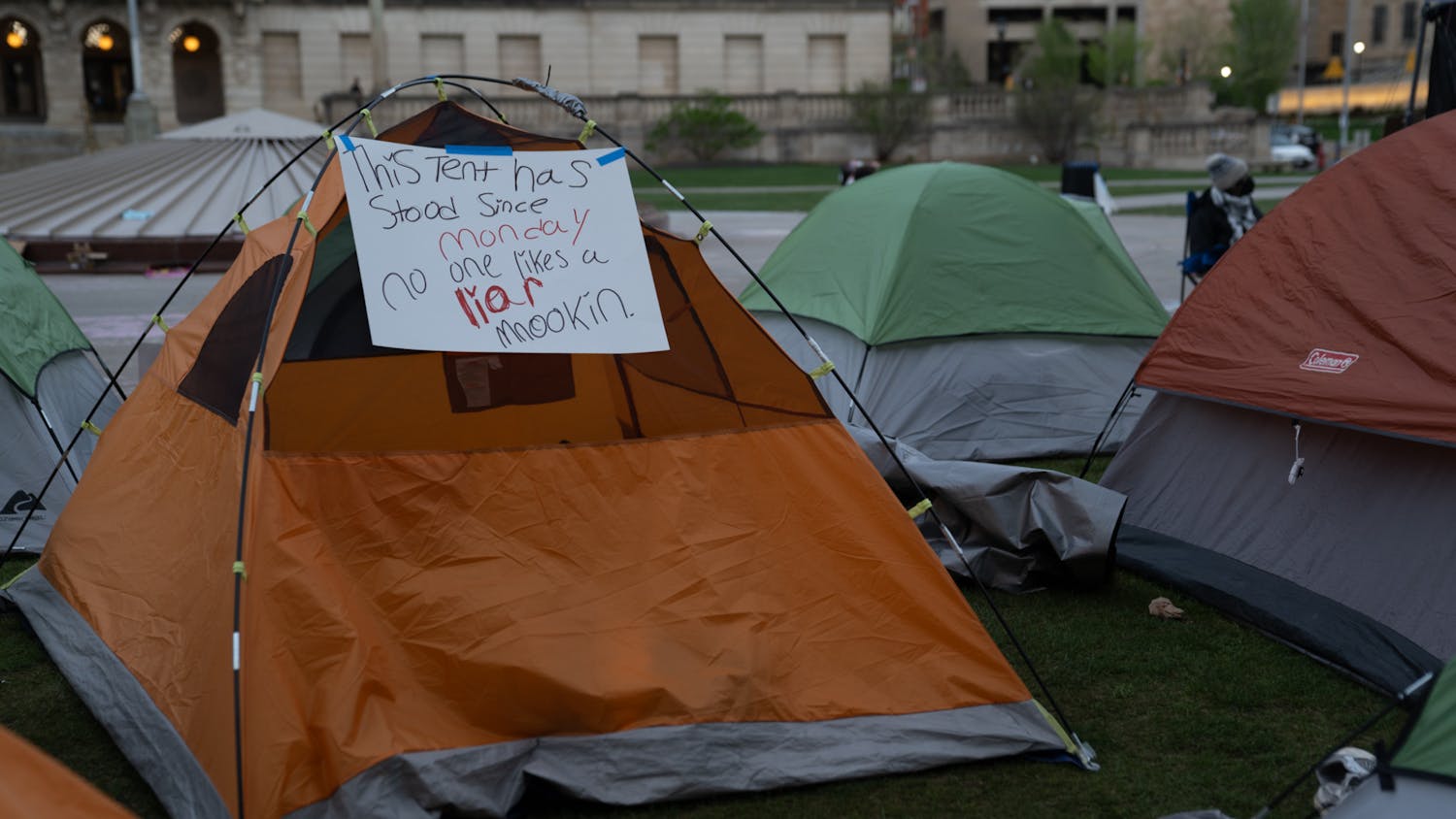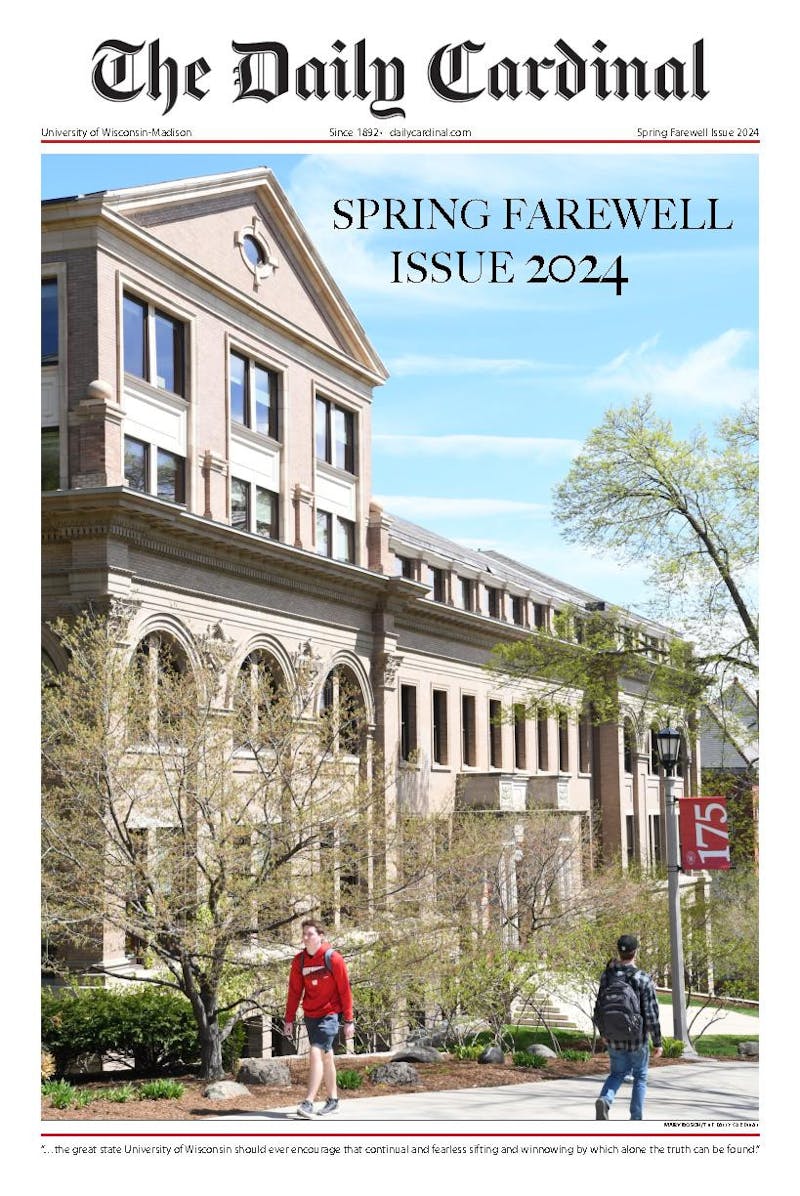If tragedy becomes farce, then Vice President Aaron Burr's shooting of Alexander Hamilton in 1804 found reincarnation last Saturday when Vice President Dick Cheney accidentally shot-gunned his hunting partner, 78-year-old millionaire Harry Whittington, in the chops. Nature is not exactly red in tooth and claw when the modern sportsman, unlike the Hawkeye of Hamilton and Burr's day, is most at risk from his fellows. However, there are still places where big beasts abound; unfortunately, those areas, dubbed biogeographic islands by writer David Quammen, are shrinking. Given that fact, you'd think that more sportsmen, if not the Vice President, would be green.
Alaska is one big biogeographic island. Katmai National Park, for instance, is filled with moose, wolves, bears, wolverines, caribou and lynx. As Werner Herzog shows in his documentary of ill-fated bear-enthusiast Timothy Treadwell, 'Grizzly Man,' Katmai's ursus horribilis (the brown bear, or grizzly) can'and on rare occasions does'include homo sapiens in its diet.
Katmai, where Treadwell was eaten, is 290 air-miles southwest of Anchorage, the largest city in Alaska. But even in Anchorage, where I grew up, critters are mammoth; the largest bull-moose I ever saw was the size of a Chevy Suburban, and it was standing in an empty parking lot downtown.
Fifteen minutes south of my old house, the McHugh Creek trails lead back into the Chugach Mountains and are a great place to hike. However, my family's former neighbor, Larry Waldron, was attacked by a grizzly while hiking there in 1995 with his mother-in-law, Marcie Trent, and his nephew, Art Abel; Waldron and Trent were mauled to death. One element of a healthy wilderness is danger.
Save the Rocky Mountain States, continental America's wilderness lacks most big game. Most of the animals shot here in Wisconsin'deer, turkey, squirrels, coyotes'are what Quammen calls 'weed species,' animals that can survive environmental degradation that would harm more vulnerable species like wolves. Partly because we've decimated their natural predators, weed species thrive. Therefore, hunting accidents are the extent of a weedy wilderness' danger.
This is not to say that hunting accidents are a trifling danger. An errant rifle is far more dangerous than a Katmai brown bear. According to the Wisconsin Department of Natural Resource's report, there were 34 hunting accidents in 2005. In Iowa County, for instance, a man shooting at coyotes sent bullets through a house a quarter mile away, wounding a 19-year-old girl sitting on a chair inside. Most accidents are less noteworthy; many hapless hunters shoot themselves in the feet.
Unfortunately, hunting accidents are sometimes fatal. During Coretta Scott King's funeral last week, former President Carter mentioned the FBI's wiretapping of Martin Luther King, Jr. It turns out that William Sullivan, the Bureau official who ran the surveillance on King, was killed 30 years ago near Sugar Hill, N.H. in a deer hunting accident.
But if hunting accidents are often the principal danger that a foray into the wild offers, aren't we missing something? The wilderness, like that in Alaska, should humble us (Vice President Cheney included). It should return us to the edge, reminding us that we were not always lords over beast and fowl.
Yet even in Alaska people like state Senator Pete Kelly, R-Fairbanks, want to neuter the wild. Senator Kelly introduced a bill making aerial hunting of wolves legal in Alaska in 2000. Aerial hunting consists of chasing wolves with an airplane, then landing and shooting the exhausted creatures. It's not so much hunting as it is culling.
If we really want our interaction with nature to be domesticated, so be it. We all know what that will ultimately entail: Canada geese, gray squirrels, a dead doe on the roadside, skunks and little else. But it's hard to imagine that hunters would honor legendary bowhunter Fred Bear's memory by wanting the last islands of biological diversity to become like the UW Arboretum.
Hunters have shown they can be serious about lobbying for Constitutional gun rights. So why not lobby for the preservation of healthy animal populations? After all, most people can't afford to hunt big game in Alaska. And, unlike Dick Cheney, most people can't afford to hunt with millionaire lawyers on a lobbyist's private spread in Texas. As it stands now, we're headed for a wilderness populated solely by weeds.





